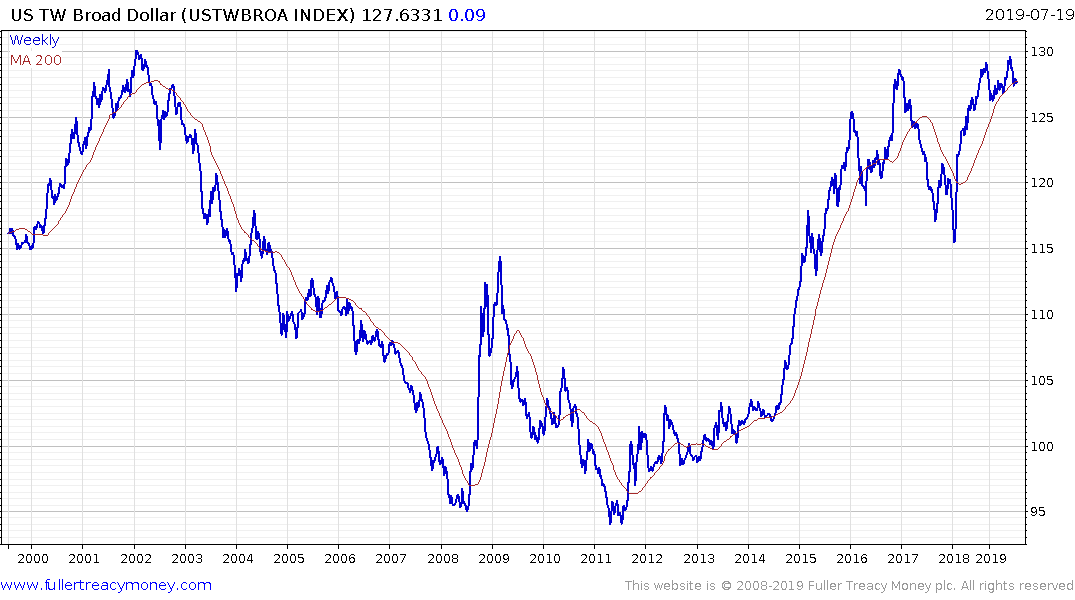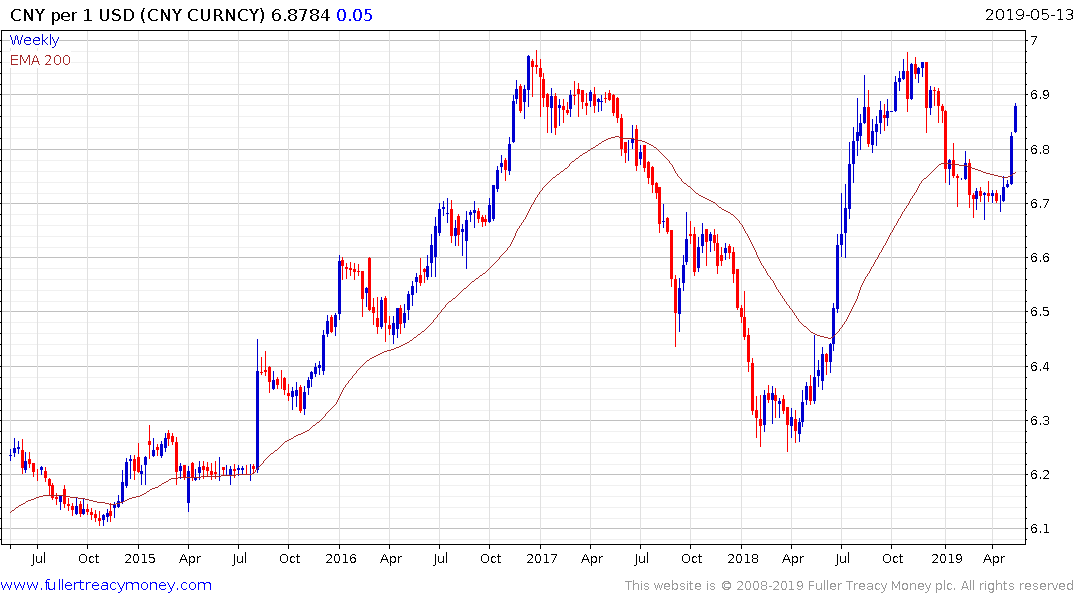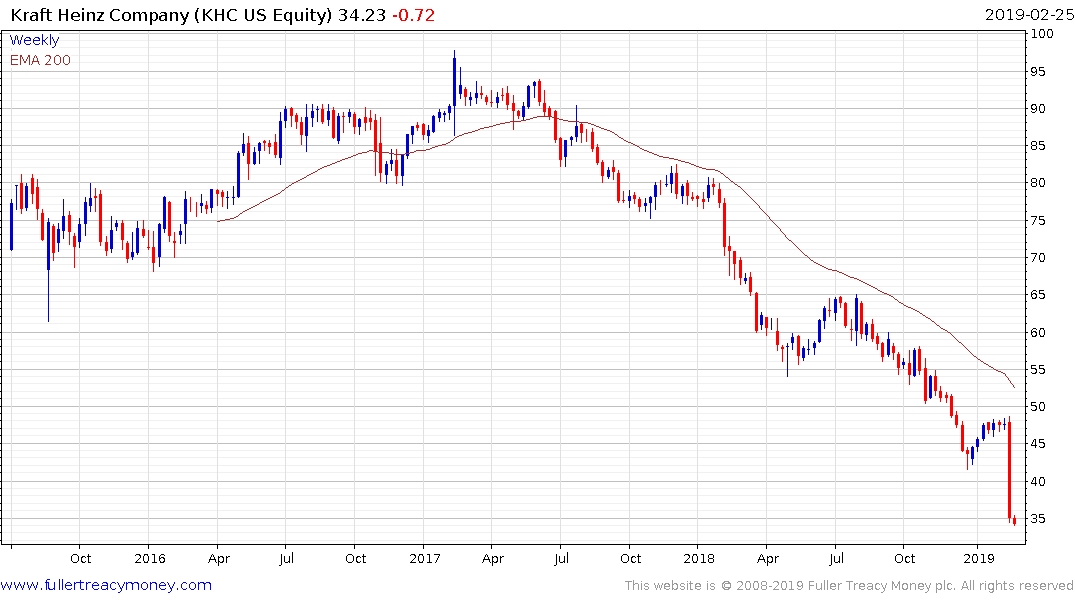Expedia and TripAdvisor Lead Sharp Sell-Off in Online Travel
This article by Ryan Vlastelica for Bloomberg may be of interest to subscribers. Here is a section:
Eoin Treacy's view -According to Piper Jaffray, “the most concerning trend” in the quarter was “the reduced efficiency of SEO,” or search engine optimization. Google, part of Alphabet Inc., is favoring its own “Hotel Finder” platform, along with paid links for search results, and this trend could require higher marketing costs.
D.A. Davidson noted that Expedia is exploring alternatives to mitigate its “reliance on search/Google,” but wrote that it sees “no alternatives that will be able to efficiently ‘move the needle’ from a volume perspective anytime soon.” Morgan Stanley wrote that Alphabet is now the “best way to invest in travel.”
TripAdvisor’s adjusted earnings and revenue both missed the lowest analyst estimates. The results “more than disappointed,” Jefferies wrote, reiterating its underperform rating. Analyst Brent Thill added that TripAdvisor’s preliminary 2020 outlook “is not encouraging,” in part because of “continued SEO pressure from Google.”
Third party vendors learned a long time ago that the biggest threat from selling on Amazon is being too successful. When sales move the needle enough to pique the attention of some quant, the risk of Amazon deciding to sell the same product, but cheaper, increases exponentially. The rise of the Amazon Basics line of products is a perfect example.
This section continues in the Subscriber's Area. Back to top







